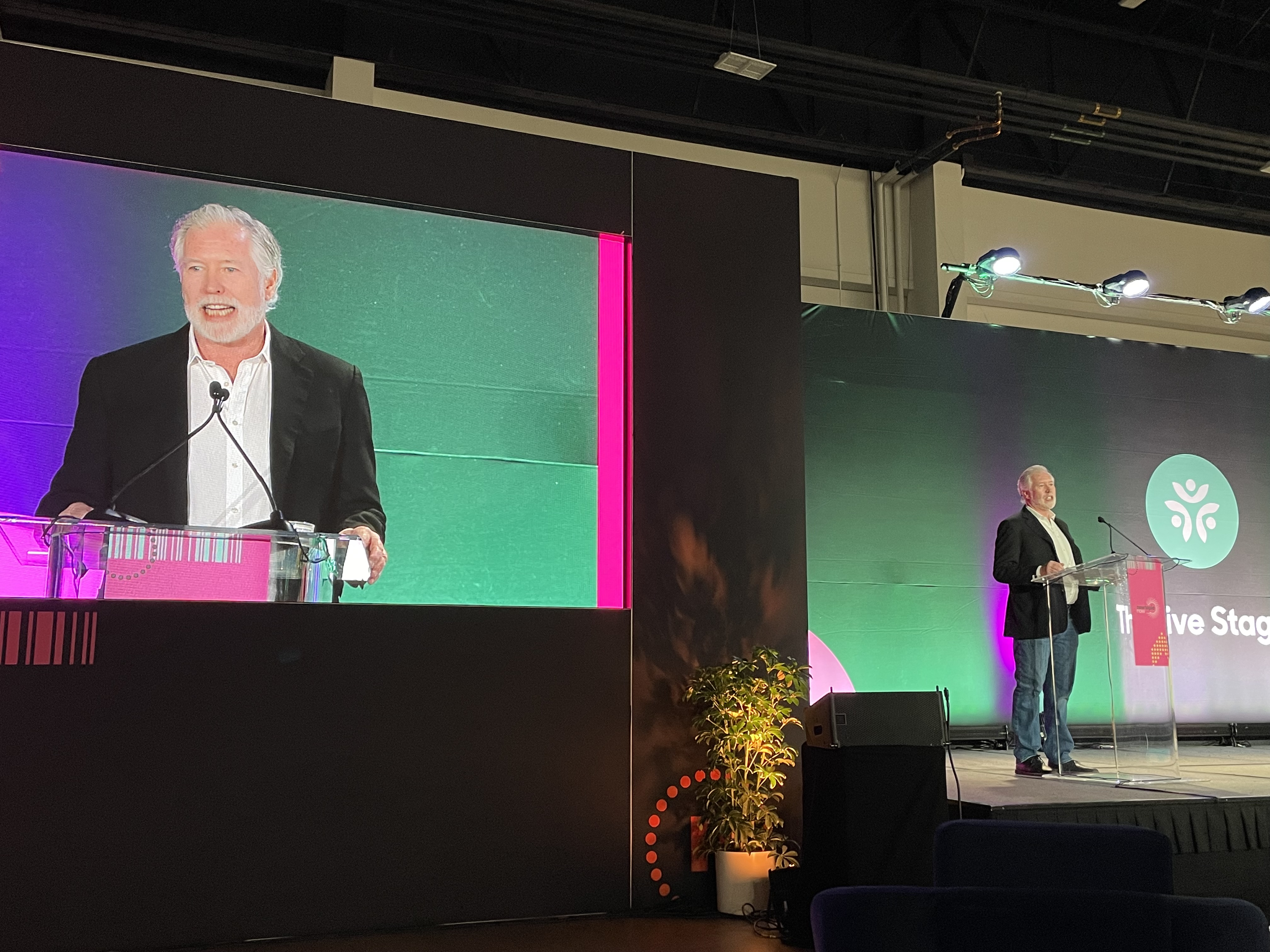Mind the Gap: Effective Strategies for Food Producers to Engage with Consumers
New technology developments continue to shape the FoodTech and AgTech space. However, many communications practitioners see a gap between the scientists and technologists who develop products using emerging technology, and the end consumer. Without more effective communication strategies, new technologies run the risk of misrepresentation in the marketplace, or even outright rejection by consumers.
How can communicators and other business leaders bridge this gap? Here, I break down five approaches worth considering.
Listen. Simply listening to people talk about food and technology can be highly enlightening. What words do they use? What are they worried about? What challenges are they facing getting balanced meals on the table? How and what are they eating on the go? Listening can take place via social media listening tools, in focus groups, at events, or by combing through customer service data.
Be a Real Person. In the latest FoodTech Stories podcast, guest Katie Sanders, PhD, an expert in science and food systems communication, said that the advice that she likes to give scientific communicators about how to build up a credible presence on social media is to "incorporate pieces of who you are... by showcasing not just yourself as the scientist or yourself as this professional, but by giving people access to a different part of your life." A couple of great examples of how to be a real person on social media, in this case, Instagram, are Noah Young of @TheShilohFarm and Grayce Emmick of @TheFarmerGrayce, who each talk about their experience growing up in agriculture, but also bring that experience to life in a vivid, contemporary way that is true to who they are as individuals.
Challenge What You Think that You Know. Often we hold dated or misinformed beliefs about consumer perceptions of food technologies. Take climate and environment-related product features or claims -- in Ladder 17's The FoodTech Food Consumer Report published this May, a full 65% of consumers who accept FoodTech foods (e.g. food grown in controlled environments, gene edited foods, alternative proteins, and animal-free meats) agree or strongly agree that they "seek out food products that care about a bigger mission of helping people or the planet," but when you look at the general population in the study, that number drops to 38%. What trade-offs for societal or environmental benefits are consumers willing or able to make when faced with rising food prices? Thus, when a new technology emerges in food production, it is crucial to get firsthand consumer data on knowledge of the technology, the importance (or lack of importance) that is given to the technology, and the perceived cost/benefit at the product level.
Put Food First. Many people don't need to have a POV on a specific FoodTech innovation before buying or trying a new type of FoodTech food. People usually select foods based on flavor, price, and availability -- technology and production methods don't often make the list. How does a specific technology impact flavor for the better? How might it lower prices? Does it stand to make certain foods more readily available? For those consumers looking to go beyond flavor, price, and availability, what functional and emotional benefits are they seeking from the foods they eat, and how does a specific technology increase those benefits? And, by connecting new types of foods with the language and rituals of food, producers stand to be far better positioned to gain consumer adoption.
Be Original, Yet Consistent. Something that I think about a lot when developing communication strategies is the need for communicators and marketers to be original. Generative AI is a powerful tool for writing ad headlines, but who are the people behind your company, brand, product, or technology, and what new ideas do they have? How is your company's mission uniquely woven into what and how you are telling your story? What type of community do you want to build? Once you have defined these facets of your story, showing up with a consistent tone and voice is a must. For example, you don't want to "speak" as an irreverent joker, sharing Tommy Boy videos one day, and as a somber expert sharing a new scientific publication the next. Perhaps paradoxically, being both original and consistent is essential -- when people come to know and trust your brand, what it stands for, and the people behind it, that is where real connection, engagement, and advancement can take place.


